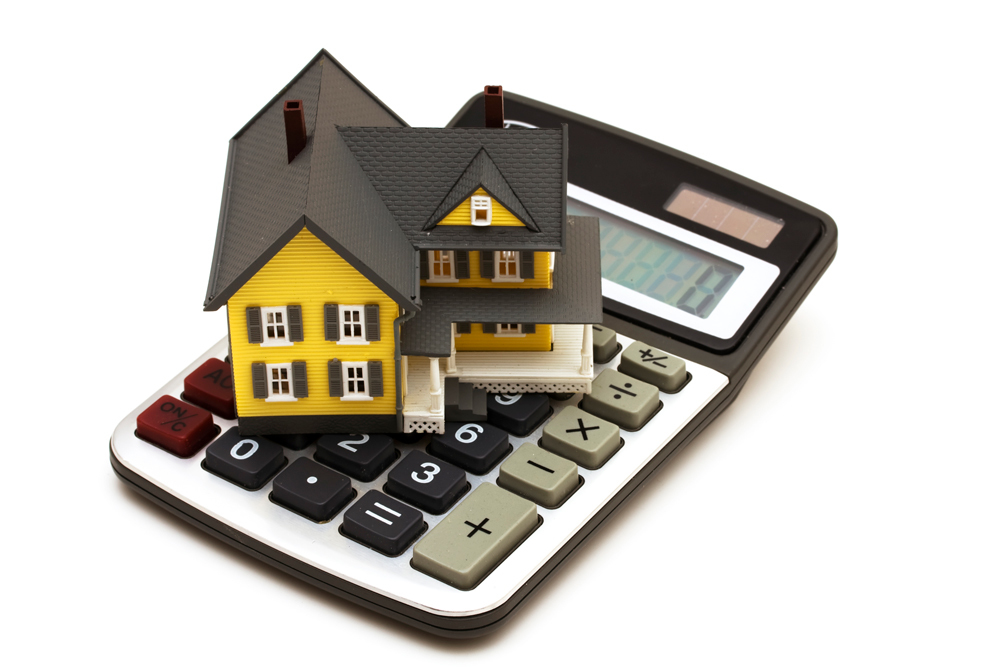The 20% rule
The share of own funds you must have should represent at least 20% of the purchase price.
You may have the necessary liquid assets by means of savings, investments, inheritance or, for example, by means of a family loan without interest. If you inherit a plot of building land, its value can also represent own funds, in the same way as liquid assets. Under certain conditions, the personal work you intend to do yourself within the framework of a building or renovation project can also be considered as own funds.
If you are purchasing a secondary residence, the own funds required are in the vicinity of 30%.
Do you need more own funds?
If you do not have enough liquid assets to contribute the necessary own funds, you can also use a partial or total payment of the assets in your pension fund (2nd pillar) or your provident fund (3rd pillar). This capital can be used only to finance the purchase or construction of your main residence, and not for a secondary residence.
Instead of paying in your 2nd and 3rd pillar assets, you can also pledge them. In this way, the money remains in the pension fund or provident scheme account and you still receive interest. Some banks then grant you a higher loan.
At least 10% of the property's value must be financed using equity which does not include funds from your company pension scheme.

